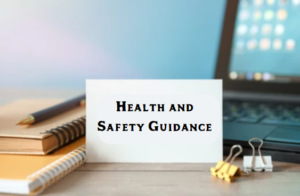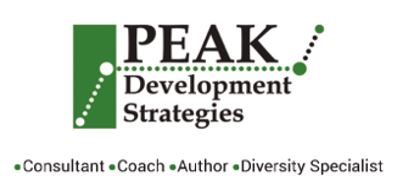
The COVID-19 pandemic has significantly altered the landscape of health and safety regulations for businesses. As organizations navigate the recovery phase, it is essential to understand the new guidelines that have emerged in response to the pandemic. This involves a multi-faceted approach that includes compliance with updated health regulations, addressing employee well-being, and adapting business operations to meet changing customer demands.
- Understanding New Health and Safety Regulations
In response to COVID-19, many governments and health organizations have issued new health and safety regulations aimed at minimizing the risk of virus transmission in workplaces. These regulations often include:
- Social Distancing Measures: Businesses are required to implement social distancing protocols, which may involve rearranging workspaces, limiting the number of employees on-site, or utilizing remote work options where feasible.
- Personal Protective Equipment (PPE): Depending on the nature of the business, there may be requirements for employees to wear masks or other protective gear. Employers must provide adequate PPE and ensure its proper use.
- Sanitation Protocols: Enhanced cleaning procedures are now standard practice. This includes regular disinfection of high-touch surfaces and providing hand sanitizers throughout the workplace.
- Health Screenings: Some businesses may need to conduct daily health screenings for employees before they enter the workplace, including temperature checks or symptom questionnaires.
- Managing Reduced Customer Demand
Many businesses are still experiencing reduced customer demand as a result of ongoing concerns about COVID-19. To address this challenge, companies can consider:
- Flexible Business Models: Adapting services or products to meet consumer needs can help maintain revenue streams. For example, restaurants may offer takeout or delivery options instead of dine-in services.
- Digital Transformation: Investing in online platforms can help businesses reach customers who prefer shopping from home. This includes e-commerce solutions and digital marketing strategies.
- Customer Engagement: Maintaining communication with customers through newsletters or social media can keep them informed about safety measures taken by the business and any changes in service offerings.
- Managing Remote Workforces
As many organizations have shifted to remote work during the pandemic, managing a remote workforce presents unique challenges:
- Communication Tools: Utilizing technology such as video conferencing tools (e.g., Zoom, Microsoft Teams) ensures effective communication among team members who are working remotely.
- Employee Well-being: Employers should prioritize mental health support by offering resources such as counseling services or wellness programs tailored for remote workers.
- Performance Monitoring: Establishing clear performance metrics can help managers assess productivity while allowing flexibility in how employees achieve their goals.
Conclusion
Navigating post-pandemic recovery requires a comprehensive understanding of new health and safety regulations while addressing reduced customer demand and managing remote workforces effectively. By implementing these strategies thoughtfully, businesses can adapt to the evolving landscape while ensuring compliance with necessary guidelines.

Recent Comments